Year 3 - Communion In Church
Our Year 3 class had a wonderful and meaningful visit to church today! The children attended a Communion Service, learning about the traditions and significance of this important worship experience within the church community. They demonstrated great respect and maturity throughout the service. Following the service, the children were warmly welcomed by some local parishioners for a lovely community lunch. It was a fantastic opportunity for our pupils to connect with members of the church, share stories, and enjoy a delicious meal together. Thank you to Rev. Kev and all the parishioners who made our visit so memorable and educational!
Nursery - Computing - Drag And Drop
This week, we moved beyond digital mark-making to introduce the new skill of drag and drop. Using an interactive screen, the children decorated a digital Christmas tree. The challenge focused on executing the new skill with precision. Children were encouraged to use their index finger or board pen for slow, controlled movements: picking up decorations, moving them to the tree, and accurately releasing them. This exercise successfully enforced precision and control, vital components of digital literacy. By practicing the sequence of pressing, holding, moving, and releasing, the children made great progress in mastering the 'drag and drop' function.
Year 6: English - Poetry
This week in English Year 6 are analysing lyrics by Joni Mitchell, we will analyse another poem with a similar theme before creating our own.
Year 6: LBQ - Independent Study
Once independent work is completed in lessons, year 6 have got into the habit of logging into LBQ to complete more independent tasks which have been specifically created in response to the gaps in their learning.
Pre-School-Our Nativity Performance
What an absolutely wonderful treat we had! Our brilliant pre-school and nursery children performed their annual Nativity play, and we could not be more proud. They were all so confident and amazing standing up in front of all the grown-ups, telling the Christmas story with such enthusiasm and charm. Every single child remembered their lines, sang their hearts out, and truly brought the magic of Christmas to life!
Year 1 Computing: Collecting data
In computing this week, Year 1 had an unplugged lesson exploring data. First, we answered questions about some of our favourite things, we voted using cubes. Once everyone had picked their favourite, we could see some very interesting information ... DATA! The information that can be collected and used is called "data" and our data showed that Year 1's favourite animal is a rabbit and our favourite ice cream flavour is a tie between chocolate and strawberry.
Year 1 Phonics: 'ou' as in 'house'
One of our many sounds in Year 1 phonics this week was the phase 5 sound 'ou' as in 'house'. The children listened carefully to the phonemes in different 'ou' words when segmenting, and then used our letter join formation to write the graphemes. It sounds like a lot of work and Year 1 should be shouting loud and proud about their learning! (P.s. How many 'ou' words did you see here?)
Year 2 - Maths - Sorting 2D Shapes
Year 2 pupils engaged in a hands-on, collaborative sorting activity to deepen their knowledge of two-dimensional shapes. Working together brilliantly, they applied their geometric vocabulary to classify shapes based on their type, number of edges, and number of vertices.
Year 5 P.E. - Dodgeball
This week in P.E., Year 5 engaged in the fast-paced, strategic game of dodgeball. Students began by practising core skills—such as throwing accuracy and evasive movements—in small team drills. This focus on technique was crucial before they applied their learning in an energetic, whole-class game. The lesson was highly successful, allowing pupils to develop teamwork and quick thinking while having a great deal of fun!
Year 5 - Parliament Week Activities
Year 5 celebrated UK Parliament Week last Friday by diving into the world of democracy and governance. After watching informative videos detailing the workings of Parliament, students demonstrated their understanding by creating fantastic acrostic poems spelling out 'P-A-R-L-I-A-M-E-N-T'. Putting their learning into immediate action, the class held important votes for their new school house team names and selected classroom activities. Crucially, they actively practised the art of persuasion during these debates, linking directly to the persuasive writing skills they are currently mastering in their English lessons.
Year 5 Music - Learning about Blues Music
This week, Year 5 began their new music unit, diving straight into the origins and unique sounds of The Blues. Students discovered the powerful historical and emotional context of this genre, learning how The Blues developed in the Deep South of America and how it was used to express feelings of sadness, hardship, and hope. We focused on listening skills, identifying the genre's key features, such as the frequent use of the call and response structure and the distinctive twelve-bar chord progression. The children enthusiastically explored the concept of the blue note (a slightly flattened note that gives the music its emotional depth) and began to understand how simple musical elements can communicate deep feelings. This engaging introduction sets the stage for future lessons, where Year 5 will develop their understanding of chord structures and even begin composing their own blues pieces.
Year 3 - English - Developing A Persuasive Argument
Year 3 students channeled their inner advocates and dived into the exciting world of persuasive writing. We focused on developing strong, coherent arguments by tackling a very local and important issue: persuading the council to keep our beloved local fast food restaurant open.


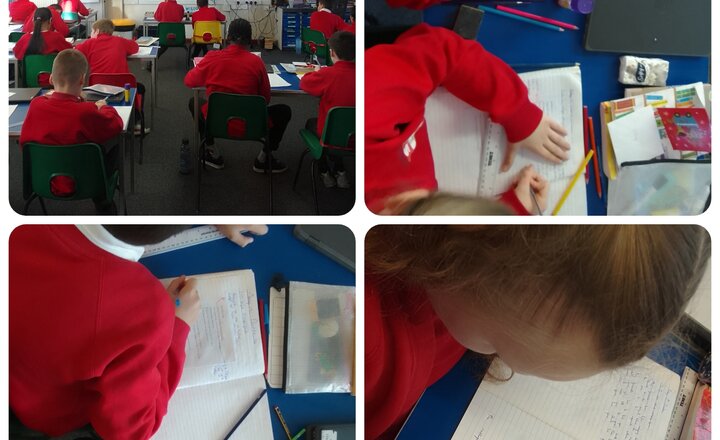

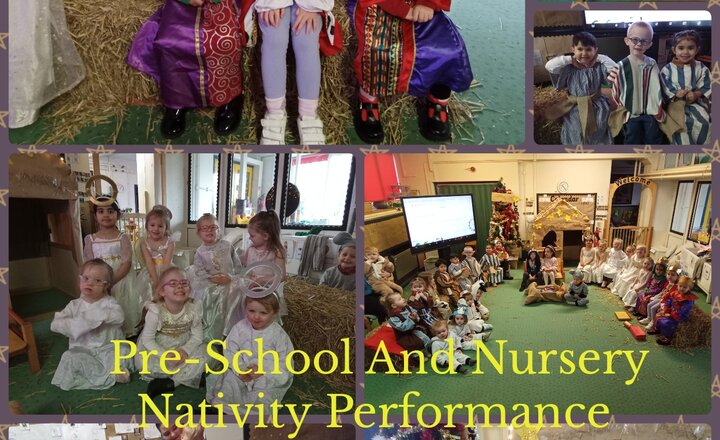

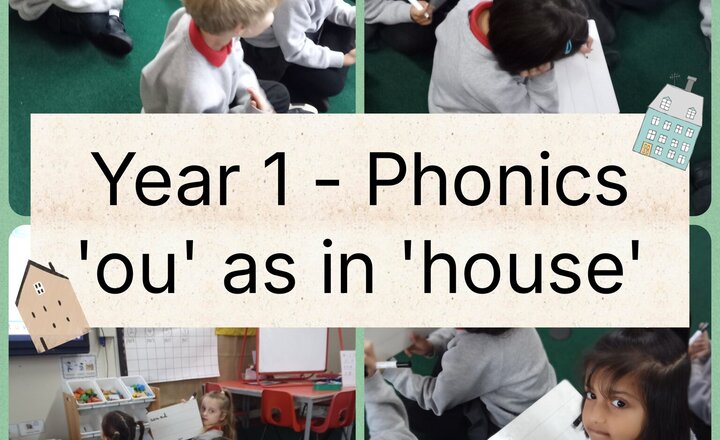

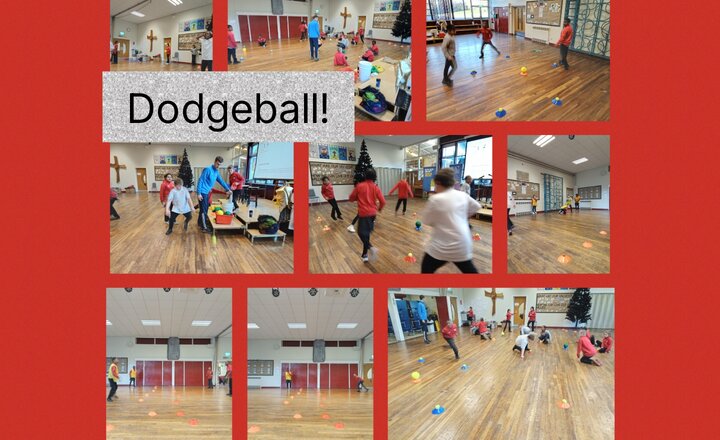

.jpg)
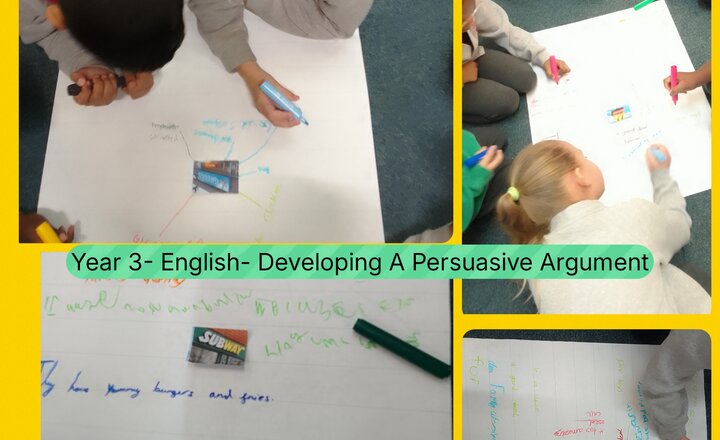
.png)

